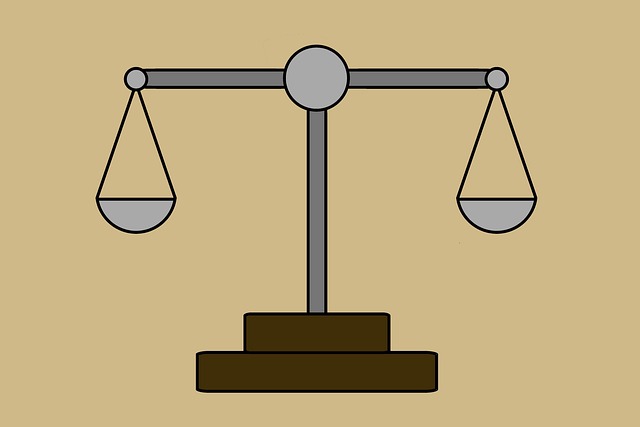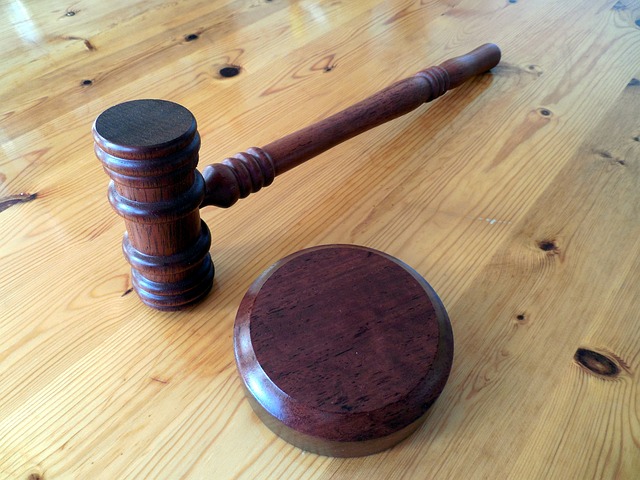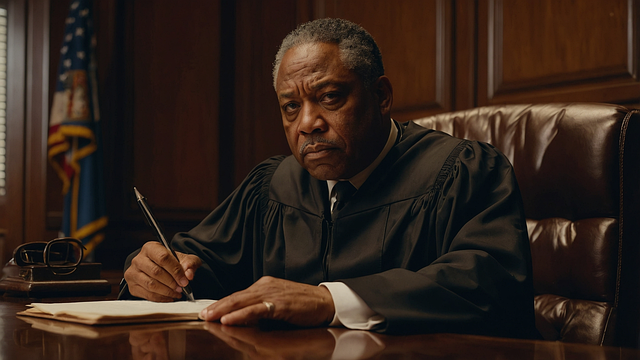C-Level Investigations are thorough probes into top executive misconduct for navigating complex Litigation Strategies for Securities Law Violations, crucial in white-collar crime cases. These inquiries involve legal teams and external investigators to uncover unbiased findings on corporate governance and strategic decisions. Uncovering violations requires meticulous tactics, including analyzing public disclosures, financial records, and communication logs. Executives can employ robust legal defenses like challenging evidence admissibility and negotiating settlements to mitigate outcomes and protect interests under intense media scrutiny. Effective communication management during these high-profile investigations is vital to balancing transparency with strategic considerations.
In today’s corporate landscape, C-level investigations pose significant challenges. This comprehensive overview explores the intricacies of these high-stakes inquiries, focusing on understanding securities law violations, common strategies employed by regulators, and robust legal defenses available to executives. Additionally, it delves into effective communication tactics during such sensitive periods, providing essential litigation strategies for navigating complex securities law cases.
- Understanding C-Level Investigations: A Comprehensive Overview
- Uncovering Securities Law Violations: Common Strategies and Tactics
- Legal Defenses for Executive Involvement in Litigation
- Effective Communication and Management During High-Profile Inquiries
Understanding C-Level Investigations: A Comprehensive Overview
C-Level Investigations refer to high-level inquiries into corporate misconduct, often involving top executives or board members. These investigations are crucial in navigating complex litigation strategies for securities law violations, particularly in cases of white-collar crime. When a company faces allegations, whether it’s fraud, insider trading, or other financial misdeeds, understanding the scope and implications of these C-Level probes is essential.
They differ from typical internal audits as they often involve legal teams and external investigators to ensure comprehensive and unbiased findings. The outcome can significantly impact corporate governance and strategic decisions, aiming for a winning challenging defense verdict. Companies with an unprecedented track record in such investigations demonstrate robust compliance programs and a commitment to transparency, setting a benchmark for industry standards.
Uncovering Securities Law Violations: Common Strategies and Tactics
Uncovering securities law violations requires a meticulous approach, as these cases often involve complex financial transactions and intricate legal frameworks. Investigations at the C-level, targeting corporate executives, demand strategic planning and specialized knowledge. Litigators employ various tactics to navigate these intricate matters, ensuring every angle is explored. One common strategy involves analyzing public disclosures and financial statements for discrepancies, which can indicate fraudulent activities or insider trading. For instance, unusual trading patterns or failure to disclose material information can be red flags.
Moreover, examining the roles of individuals within the organization is crucial. White-collar and economic crimes investigations often reveal a web of connections and motivations. By delving into communication logs, email chains, and personal financial records, investigators can piece together a narrative of potential misconduct. This process may lead to a complete dismissal of all charges if the evidence proves exculpatory or demonstrates a lack of intent. Such strategies require a thorough understanding of both securities law and the dynamics within philanthropic and political communities, where corporate entities often operate.
Legal Defenses for Executive Involvement in Litigation
When high-level executives face litigation for alleged securities law violations, they often find themselves at a strategic disadvantage. However, robust legal defenses can significantly mitigate potential outcomes and protect their interests. One key strategy involves challenging the admissibility of evidence, particularly in cases where the collection or use of information may have been unlawful. For instance, any data obtained through illegal surveillance or improper discovery processes can be excluded from court proceedings, weakening the prosecution’s case.
Additionally, executives can leverage their general criminal defense rights, such as the right to due process and a fair trial. Skilled attorneys can navigate complex legal landscapes, employing tactics like negotiating settlements, raising jurisdictional issues, or arguing for the dismissal of charges based on lack of evidence or procedural errors. These litigation strategies aim to avoid indictment and ensure that executive clients receive a just treatment throughout the legal process.
Effective Communication and Management During High-Profile Inquiries
Effective communication and management are paramount during high-profile investigations, particularly those involving litigation strategies for securities law violations. As media scrutiny intensifies, C-level executives must maintain a balanced approach—transparently addressing concerns while preserving strategic advantages. A well-defined messaging strategy ensures that all stakeholders, from employees to investors, receive consistent and accurate information, minimizing speculation and potential damage to the company’s reputation.
In navigating these delicate situations, distinct from general criminal defense or white-collar and economic crimes, executives must carefully consider their statements’ impact on various constituencies, including regulatory bodies, the media, and the public. This includes crafting messages that acknowledge the investigation while emphasizing the company’s commitment to cooperation and adherence to legal standards. Such an approach can help foster trust within the philanthropic and political communities that often rely on transparent corporate governance and ethical practices.
C-level investigations are complex, high-stakes scenarios that demand a strategic approach. By understanding the intricacies of these inquiries, executives can navigate the challenges posed by securities law violations. Armed with knowledge of common strategies, effective legal defenses, and robust communication tactics, organizations can mitigate risks and develop litigation strategies for securities law violations. This comprehensive overview equips readers with the tools to effectively manage and overcome C-level investigations, ensuring a stronger, more resilient corporate landscape.






